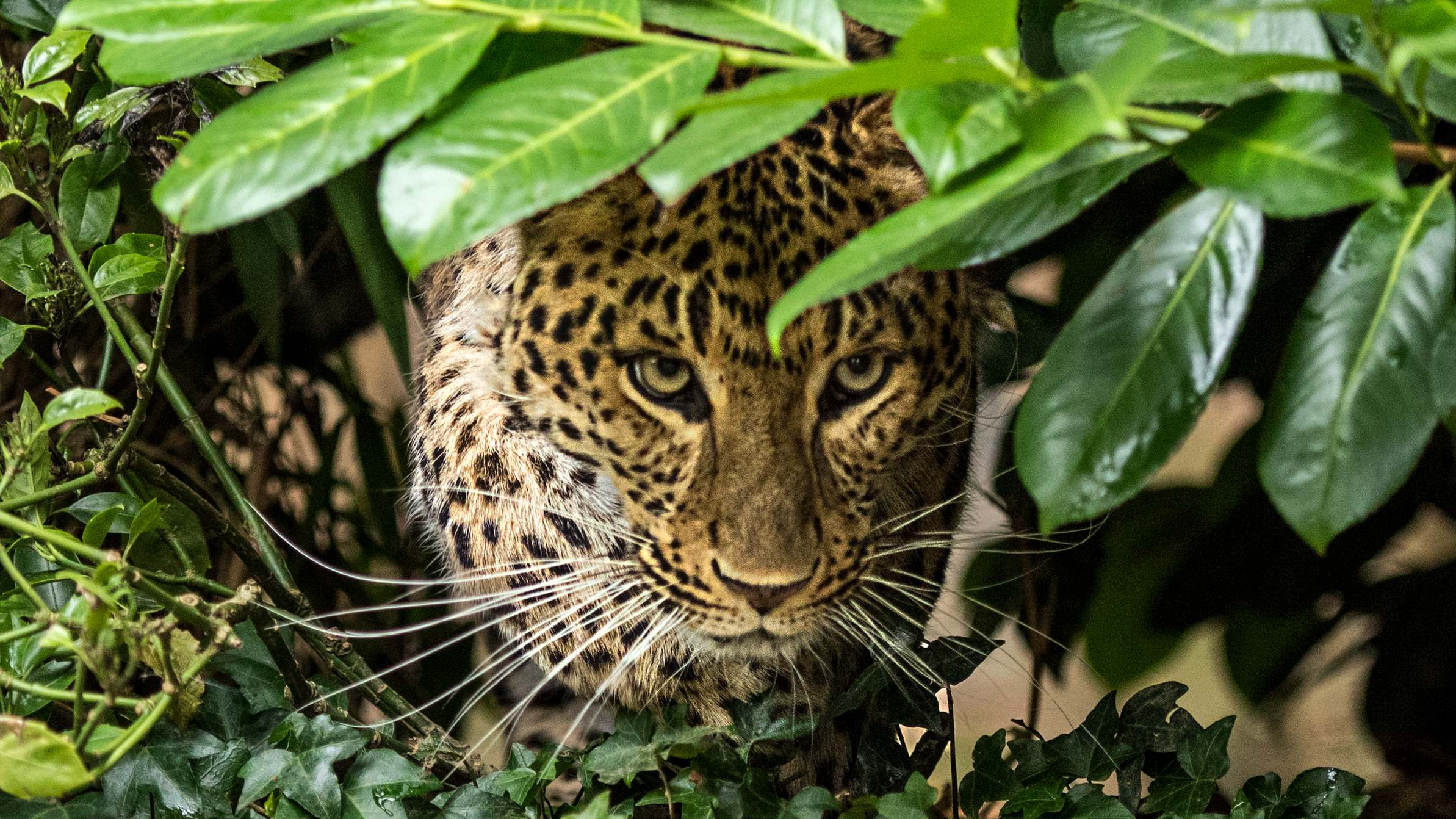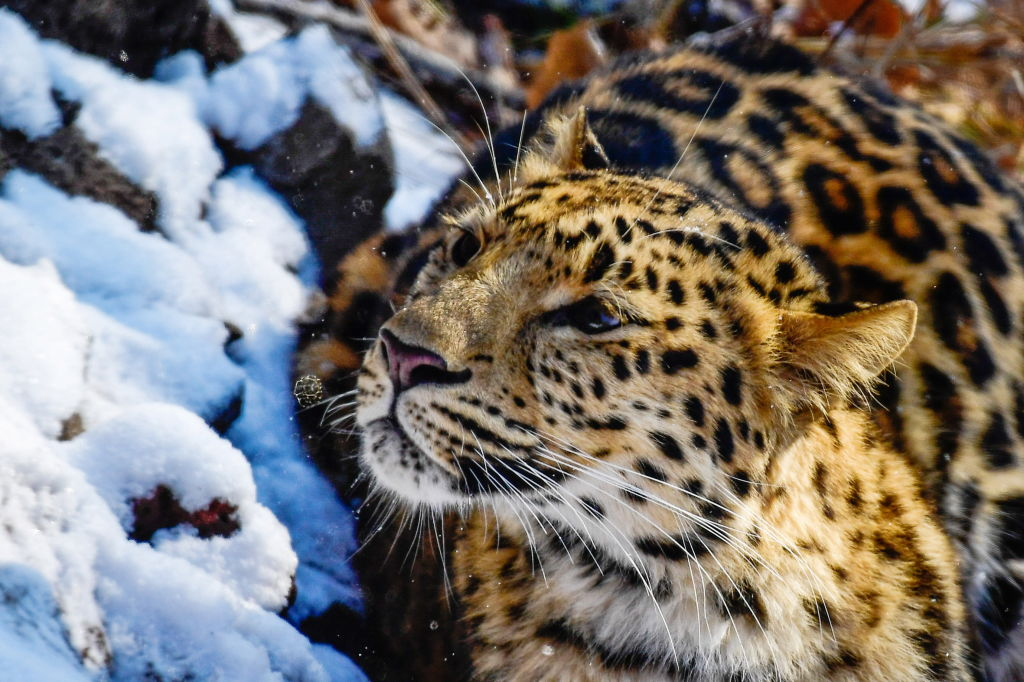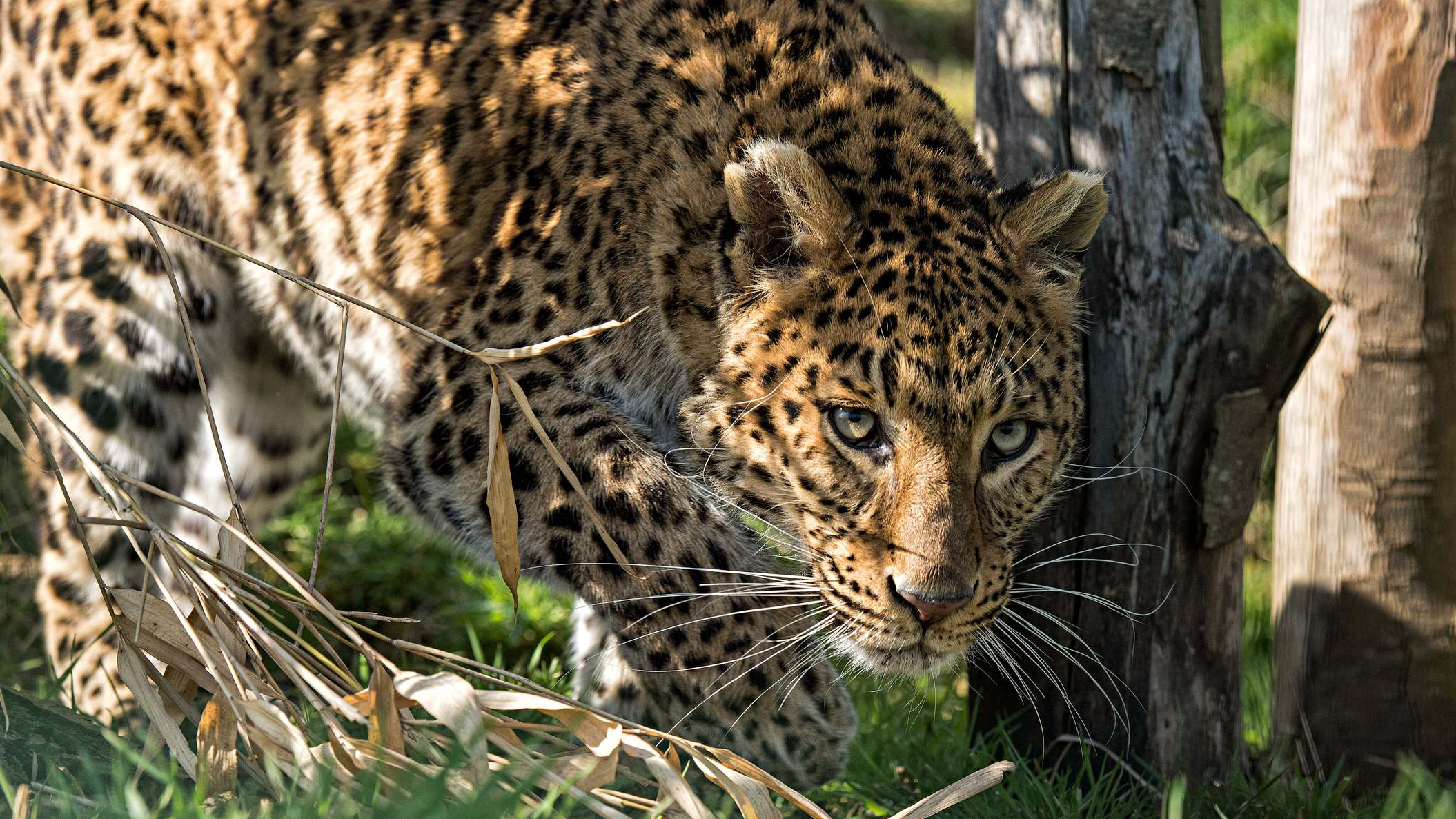

When an animal bears a country’s name, it tends to stand apart from other subspecies. But the North China leopards may lose its uniqueness by being subsumed under its northern neighbor the Amur leopards.
The North China leopards (Panthera pardus japonensis) are graceful and powerful big cats that roam the mountains and forests of northern China, the habitat of the Amur leopards (Panthera pardus orientalis). However, because there's no biogeographical barrier between these two leopards, the Cat Classification Task Force of the Cat Specialist Group placed the North China leopard under the classification of Amur leopard in 2017.
But the new classification remains controversial due to the lack of molecular-level evidence.
Despite their habitats being close to each other, the two big cats vary in their fur and size. The North China leopard has a tan coat, while the Amur leopard's thick fur is cream-colored, especially in winter. The length of the North China leopard is about 170-210 cm, and that of the Amur leopard 180-240 cm.

The Amur leopard. /VCG Photo
However, some people don't like the new classification. The Amur leopard is a critically-endangered species on the IUCN Red List with only 84 adults and 19 cubs in the wild. If the North China leopards are included in it, the Amur leopard may become an endangered species.
The new classification may also have some impact on Amur leopard conservation and vice versa for the North China leopard.
The number of the North China leopard is unclear due to insufficient data. In 2018, Chinese researchers identified two habitats of the North China leopard in Shanxi and Shaanxi provinces.
According to researcher Feng Limin, the Ziwuling forest region in Shaanxi Province, where 28 leopards have been recorded, is the most densely-populated region for the leopard.
The leopard's competitors like tigers, wolves and black bears are barely found in that region, making it the top predator in Shannxi. But the last time the North China leopard was recorded in Beijing was in 2005.
The animal's main threats are conflicts between human beings and animals, poaching for wildlife trade, habitat loss or fragmentation and low prey numbers. Some people worry the new classification may influence the protection work for the North China leopard.

The North China leopard. /VCG Photo
But according to Feng, the amendment is temporary and might change when the molecular level study is complete. His project in the Ziwuling forest region is also ongoing.
“The result of amendment won't have an impact on the protection work,” said Feng. “After all, the protection does not depend on promotion but the policies and front-line staff. They will continue their daily monitor and protection work in these reserves.”
Leopards are the most geographically widespread of all cats, but the number of global leopards is declining.
(Cover image via VCG)
(If you want to contribute and have specific expertise, please contact us at nature@cgtn.com.)

Copyright © 2018 CGTN. Beijing ICP prepared NO.16065310-3
Copyright © 2018 CGTN. Beijing ICP prepared NO.16065310-3